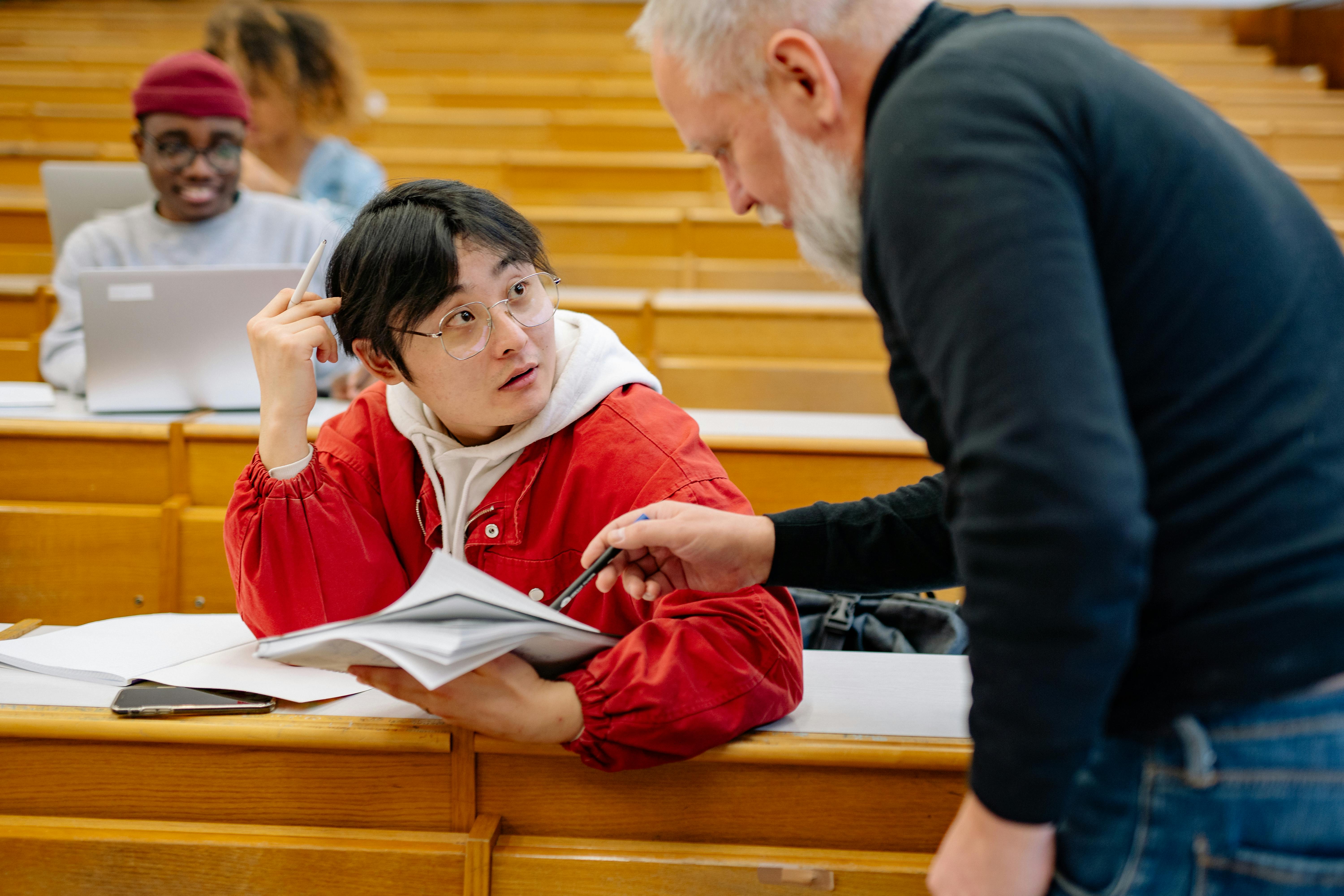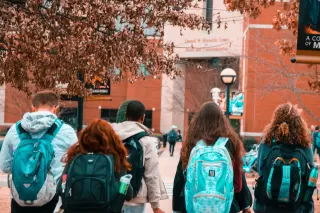June 22, 2020
4 Best Practices for Digital Education
The COVID-19 pandemic accelerated a move to digital communication that must build needed bridges between students and their campuses.

Ross E O’Hara, Ph.D.
About

Digital communication can and should be used to convey to students that you care about their success
Communications should invite a response from students that provides space for them to share challenges and concerns
Messages should be targeted so that students receive only relevant information and are not asked to parse information on their own
Most colleges and universities spent spring 2020 rebuilding the plane as it flew, adjusting their educational model to a world in which face-to-face classes were not possible. But it wasn't just in-person classes we lost. Many, if not all, of the in-person connections that keep students engaged with and successful in college also suffered. While much of higher education focused on the transition to remote instruction, academic professionals in areas such as tutoring, advising, and financial aid were left to figure out remote forms of student support. Meanwhile, plans and details were shifting on a daily basis, and keeping students in the loop was yet another challenge posed by the pandemic.
Now that summer has arrived, colleges and universities nationwide have turned their attention to how higher education will look in the fall…and beyond. Regardless of whether your college resumes face-to-face classes, remains fully online, adopts a hybrid model, or turns to block scheduling, you will need an effective communication plan to keep students both informed of and involved in these critical decisions. Furthermore, students' connections to both faculty and academic support staff will be more distanced than in the past, requiring strategies for engaging students with minimal, if any, personal contact. Successfully addressing both challenges will require a savvy understanding of the power of digital communication.
Read on to learn our 4 best practices for digital communication.
Subscribe to our newsletter
Stay updated on our latest posts and research-backed insights.
Thank you! Your submission has been received!
Oops! Something went wrong while submitting the form.

Ross E O’Hara, Ph.D.
Chief Learning Officer
Dr. O'Hara is Chief Learning Officer at Persistence Plus, where he applies his expertise in behavioral science to develop scalable interventions that improve college student retention. He has developed motivational and empathetic messaging for college students for over 11 years, and he currently leads a Lumina Foundation-funded action research project on continuous enrollment in community colleges. Dr. O’Hara earned his Ph.D. in social psychology from Dartmouth College and completed post-doctoral fellowships at the University of Missouri and the University of Connecticut. His research has appeared in numerous peer-reviewed journals, including AERA Open and the Journal of Postsecondary Success, and he has contributed to Behavioral Scientist, the EvoLLLution, and EDUCAUSE Review, among others.
%201.svg)





























